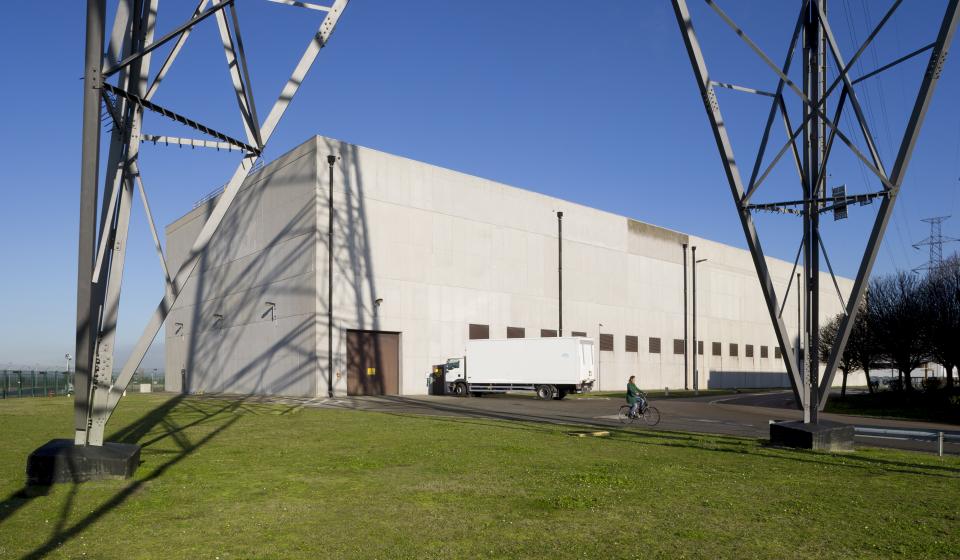The decommissioning of the Doel and Tihange power plants: a new industrial challenge in complete safety
The decommissioning will be a very large industrial and environmental project in Belgium. As a nuclear operator, it is our responsibility to see this through to a successful conclusion in a safe, humane, and environmentally friendly manner.
The project involves safely removing all radioactive material from the facilities and clearing the site for new purposes. This is a challenging, innovative project that will be carried out according to strict safety procedures.
We will carry out this project as nuclear professionals, as we have always done during the operation of our nuclear plants.
Licences
The activities carried out by Electrabel during the final shutdown phase of a nuclear power plant are covered by the operating licence. The licence framework (safety report and technical specifications) evolves with the state of the installations. Before starting decommissioning, Electrabel must obtain a decommissioning licence from the Federal Agency for Nuclear Control. Regional licences are also being sought for the construction of new waste and materials treatment facilities at the sites.
European experience and favoured scenario for Belgium
The approach taken at Doel and Tihange for decommissioning the plants is based on IAEA guidelines and feedback from other plants that have already been dismantled or are currently being dismantled, such as Obrigheim, Neckarwestheim, Mühleberg, Fessenheim, Ringhals and José Cabrera.
Their experience helps us determine the measures to be taken during the various phases of decommissioning. But also regarding the temporary storage and handling of spent fuel elements.
In addition we can also rely on experience from the dismantling of BR3 at SCK CEN (Study Centre for Nuclear Energy) in Mol.
In Belgium, the Federal Agency for Nuclear Control prefers the scenario of so-called 'immediate dismantling'. This scenario of immediate decommissioning provides for the removal of all radioactivity from the facilities as soon as possible to ensure optimal safety for people and the environment. An additional advantage is that decommissioning can be led by experts who have operated the plants for years and therefore know them inside out, which is also conducive to nuclear safety.
Responsible waste management
Decommissioning a nuclear power plant leads to waste. 98% is conventional waste (concrete and metals), which will be recycled and recovered as much as possible. The remaining radioactive waste will be sorted, treated, and packaged before being transported for temporary storage. Depending on the type of waste, this will be on site or at Belgoprocess.
In addition to recycling, Electrabel also puts maximum effort into circular economy: installations that can still be used in other nuclear power plants or companies are made available for this purpose.
Funding
Since 1975, financial provisions have been accrued to cover the cost of dismantling. The provisions are managed by Synatom, under the supervision of the Nuclear Facilities Commission, which relies on the opinions issued by ONDRAF/NIRAS.
A review of those nuclear provisions for decommissioning nuclear power plants is done periodically, taking into account current economic data, technological progress and regulatory changes.
On 13 December 2023, ENGIE and the Belgian government signed an agreement defining the terms of the extension of the Doel 4 and Tihange 3 nuclear units. This agreement aims to ensure a balanced distribution of risks between the two parties and to eliminate uncertainties concerning future changes in provisions related to the treatment of all nuclear waste. As such, there is an agreement to fix a lump sum for the future costs associated with nuclear waste management, based on a new scenario determined by ONDRAF/NIRAS, with regard to all ENGIE nuclear facilities in Belgium, for a total amount of 15 billion euros.
Economic opportunities of dismantling
The dismantling of the nuclear power plants also provides certain economic opportunities for Belgian and international companies. In the first 10 to 15 years after the shutdown of a plant, the focus will be on specific nuclear activities: removing radioactive components, processing radioactive material and decontaminating structures. These activities will be performed by the existing nuclear power plant teams, supplemented by specialised nuclear companies. In the meantime, new systems will also have to be built for material management. This is followed by conventional demolition, which will focus as much as possible on recovery, upcycling and recycling of materials.
The scope of a tender for the large dismantling projects often exceeds the capabilities of an individual company. International experience in the dismantling of other plants also shows that projects are usually assigned to a consortium of companies that work together to present a high-quality and competitive proposal. We therefore strongly advise companies to already look at potential synergies with a view to the upcoming opportunities.
For assigning contracts, we comply with the ENGIE group’s tendering policy.
Does your company have specific questions about these opportunities? Would you like to present your dismantling experience and capabilities to us? Or would you like to be invited to future communication sessions for companies? Please contact us via our contact form.
Downloads
Decommissioning brochure
pdf, 613.65 KB
